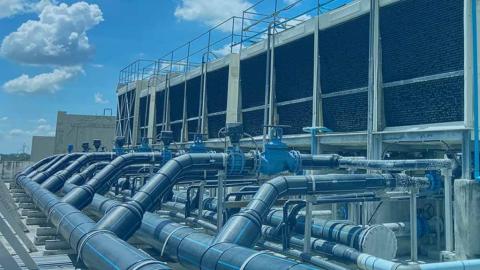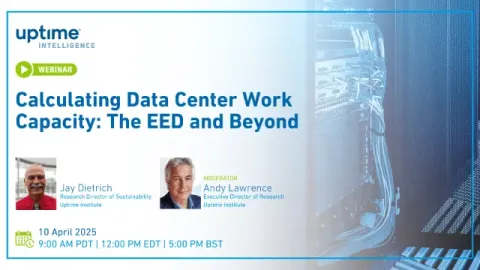IT operators lack a credible work-per-energy metric to report overall IT and facilities system efficiency. Developments in reporting IT equipment work capacities enable the industry to begin experimenting with this metric.
filters
Explore All Topics
In the US, the politicization of data center development is underway, driven by its impact on power prices. As state governments seek ways to protect consumers, operators will need to engage in the policy debate.
The prevention of outages has always been a top priority for data center owners and operators - but outages do occur. This report analyzes recent Uptime Institute data on IT and data center outages: their causes, costs and consequences.
Many operators expect GPUs to be highly utilized, but examples of real-world deployments paint a different picture. Why are expensive compute resources being wasted - and what effect does this have on data center power consumption?
European cybersecurity regulations have become effective and will have a major impact on both critical infrastructures and their cybersecurity management. This webinar will discuss the NIS2 Directive, the European Union’s updated cybersecurity…
Data center owners and operators find it challenging to retain qualified staff. Research-backed strategies can provide solutions for building stronger mentorship programs and improved staff retention.
Hyperscalers offer a confusing array of on-premises versions of their public cloud-enabling infrastructure - the differences between them are rooted in whether the customer or the provider manages the control plane and server hardware.
Digital twins are increasingly valued in complex data center applications, such as designing and managing facilities for AI infrastructure. Digitally testing and simulating scenarios can reduce risk and cost, but many challenges remain.
Under the EU's Digital Operational Resilience Act (DORA), data centers designated as "critical" for their role in financial services will face direct regulatory oversight and new resiliency requirements.
Organizations currently performing AI training and inference leverage resources from a mix of facilities. However, most prioritize on-premises data centers, driven by data sovereignty needs and access to hardware.
Cloud providers live and die based on trust - customers rely on them to run workloads effectively, offer scalable capacity, sustain prices and keep data confidential. But recent geopolitical instability threatens to undermine that trust.
The global tariff crisis initiated by the US administration is expected to have strong, long-lasting effects on the data center sector, driving up prices and slowing growth.
While AI infrastructure build-out may focus on performance today, over time data center operators will need to address efficiency and sustainability concerns.
The data center industry has struggled to design and implement a meaningful measurement of deployed and utilized server work capacity and storage product terabyte capacity. Recent publications by The Green Grid and Uptime Institute offer the tools…
AI vendors claim that "reasoning" can improve the accuracy and quality of the responses generated by LLMs, but this comes at a high cost. What does this mean for digital infrastructure?
 Jay Dietrich
Jay Dietrich
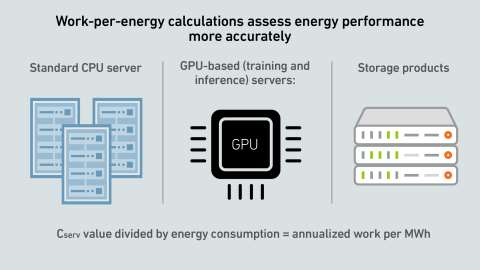
 Peter Judge
Peter Judge
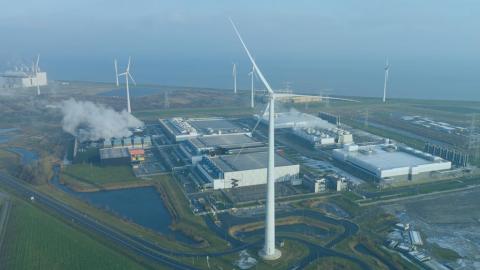
 Douglas Donnellan
Douglas Donnellan
 Andy Lawrence
Andy Lawrence
 Rose Weinschenk
Rose Weinschenk

 Max Smolaks
Max Smolaks

 John O'Brien
John O'Brien
 Antonio Ramos
Antonio Ramos
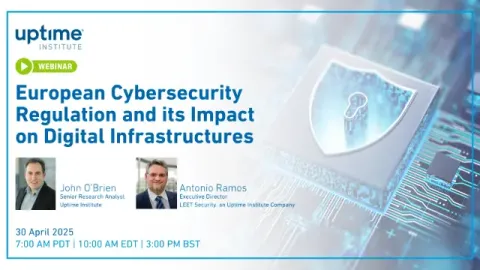

 Dr. Owen Rogers
Dr. Owen Rogers
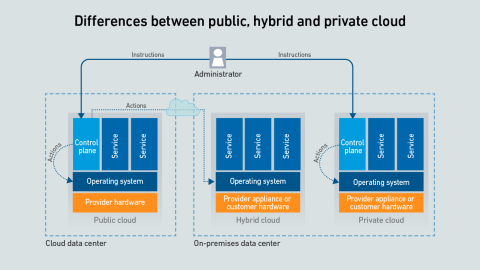
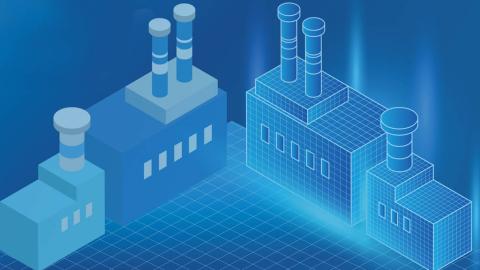
 Seb Shehadi
Seb Shehadi

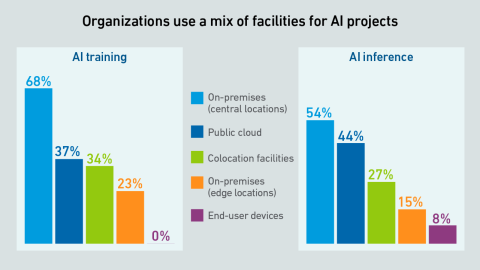

 Daniel Bizo
Daniel Bizo

 Dr. Tomas Rahkonen
Dr. Tomas Rahkonen
